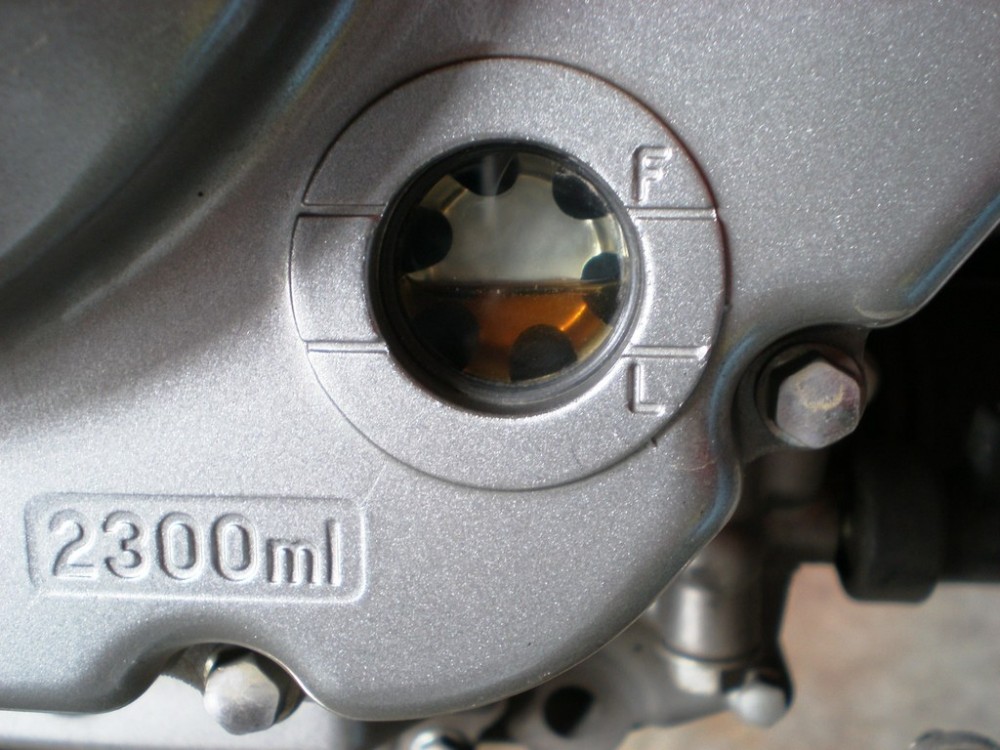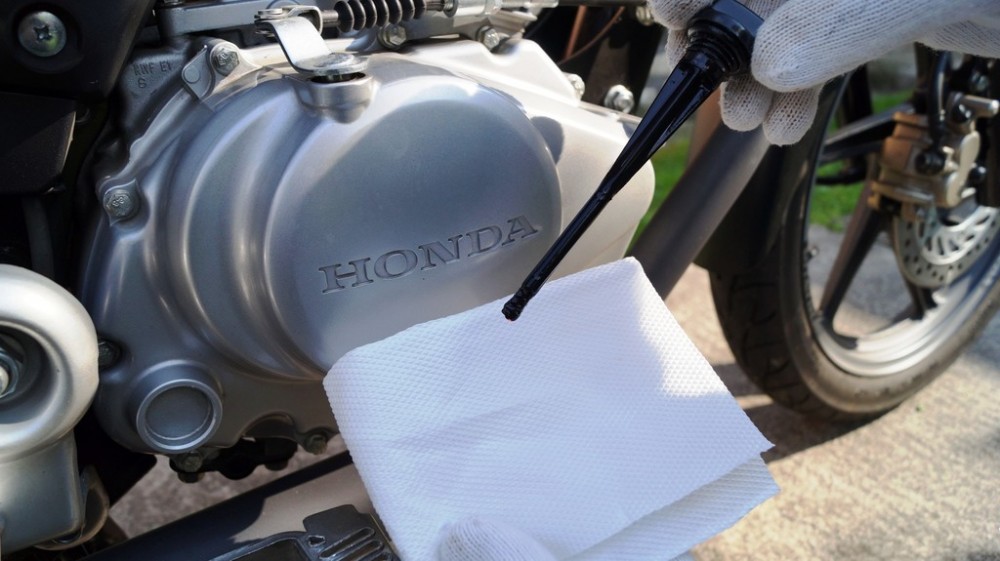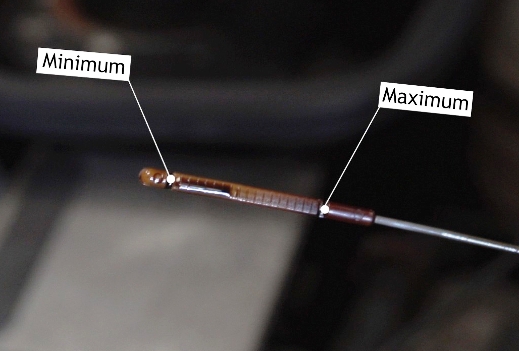
Snapshot: Its quick, easy to perform and might inform you of some problematic symptom you’re motorcycle is showing.


As part of basic motorcycle maintenance, you are obliged to check engine oil levels of your machine to keep it in perfect running order. This process is simple, quick and might warn you of a problem early. Riders mostly think it is better to stay away from the engine area while basic home maintenance because it is something to be handled by an expert. Lubricating chain and checking brakes are topics easily picked up by everybody, but engine bay is a big no. But why not, it is a simple process and does not consume much time or energy. Engine oil level is crucial for efficient functioning as it flows around in every nook and corner of the engine keeping it lubricated. It is there so metal does not thrash rub itself causing damage. Image if the level is less, it would mean less lubrication thus asking for crucial damage to components inside the engine.
There are two ways you can check the oil level of your motorcycle, either a dipstick found mostly integrated in the engine oil cap, or you’ll see a tiny window at the bottom of the engine itself which lets you get a peep. We recommend doing this activity every 1,000km of regular use, and before you go out for a long ride.
There is a paradox running alongside whether you should do this with cold or warm engine oil. When you bike is parked overnight all the engine oil settles at the bottom of the engine. You’re cranking the engine means it will slowly rise up to lubricate every section. Now when you turn it off again, it will slowly settle back down. Agreed that the level might be lesser than a cold engine as some bit of it might still be stuck on up the engine, the difference is so minute that it is negligible. The only difference you’ll notice is that colder oil is thick and sticks better to the dipstick making it easier to observe than warm oil that is thinner. What we ideally recommend is to warm it up a bit, ride a couple of kilometres if you can, let it sit for a bit and then check.
Also make sure the bike is standing level before checking. Most everyday motorcycles come with centre stands, and if your bike doesn’t have one it is better to have invested in a paddock stand. Else you will want somebody sitting on the bike to keep it level. Refer to your owner’s manual for observing correct levels, either through the glass window below the engine, or good old dipstick. Manual will tell you what levels are ideal and do you need to top-up or replace the oil.
When you look at the texture of the engine oil most likely three possibilities stand in front of your eyes. If the oil colour is nearly what it was when you put it, clean and golden-ish in colour (or whatever colour it was when you poured it out of the box), the engine oil is in immaculate condition and might we suggest the least to ride more. If the colour has gone dark, you need to replace it at the earliest. By any chance if it looks white or chocolate milkshake in colour (only for liquid cooled motorcycles) then some of the gasket has leaked coolant in engine oil and contaminated. This indicates you need to rush to the workshop immediately as it will cause the engine to seize costing you a lot replacing engine components.
Most often this little exercise will keep your motorcycle in good health and warn you about negative symptoms thorough texture and quantity. Do remember engine oil is toxic waste and should be disposed off carefully.

Leave a Reply